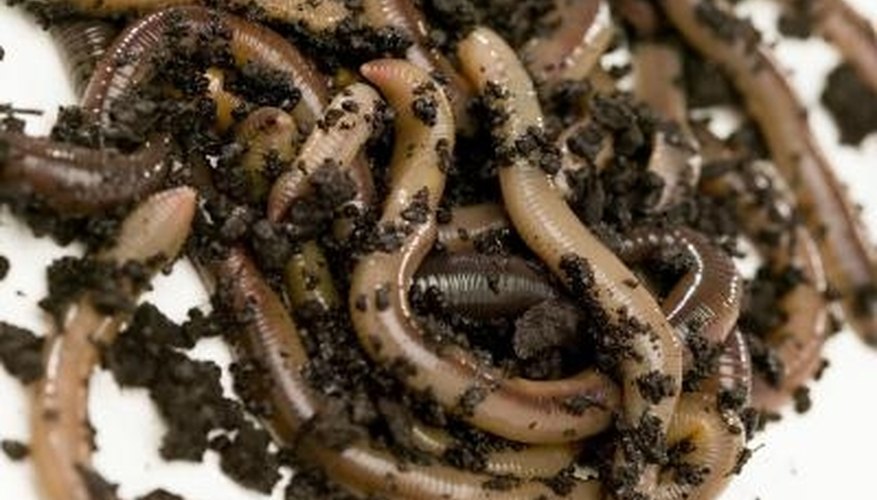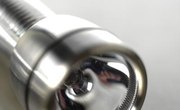
The night crawler, known scientifically as Lumbricus terrestris, is a species of earthworm that is the preferred bait of many freshwater fishermen. To keep a handy supply of bait at your fingertips, you can raise night crawlers in a worm bed in your home or backyard. If you prove to be an effective worm farmer and live near a popular fishing spot, you could even start selling the wriggling creatures in large quantities for profit.
Items you will need
Opaque plastic storage bin
Soap
Water
Sponge
Drill
Bedding
Food
Egg shells
Spray bottle
Step 1
Wash the bin with unscented soap and water. Rinse the bin well.
Step 2
Drill multiple holes between 1/16 inch and 1/8 inch in diameter near the top of the bin.
Step 3
Add moist bedding to the bin until it is half full. Bedding options include finely shredded matte paper, peat moss and coconut fiber. Moisten paper bedding by spritzing it generously with water; moisten moss or coconut fiber by submerging it completely in water and wringing it out well.
Step 4
Add 1,000 night crawlers, or 1/2 to 1 pound of worms, per square foot of the bed's surface area, regardless of the bin's depth. Turn on a light near the bin while the worms are settling in. Because worms dislike light, this will encourage them to burrow into their new home.
Step 5
Sprinkle food over the bedding. Arrange small sections of food in various areas over the surface of the bed. Use either commercial chicken mash purchased at a pet store or food waste from your own kitchen, such as potato skins or coffee grounds. Do not add acidic foods or anything that contains dairy products. Add finely crushed egg shells to aid in the worms' digestion.
Step 6
Replenish food only after the worms have consumed most or all of the food from the previous feeding. Adjust feeding times, ingredients and quantities as you learn more about your worms' preferred diets.
Step 7
Spritz the bed with water regularly to maintain a consistent, moderate degree of moisture.
Step 8
Store the worm bed away from direct sunlight and exposure to extreme temperatures.
References
Writer Bio
Alison Datko is a professional editor with experience as a journalist, writer and blogger. She contributes to a variety of print and online publications, specializing in music, food, art, fashion and culture.


